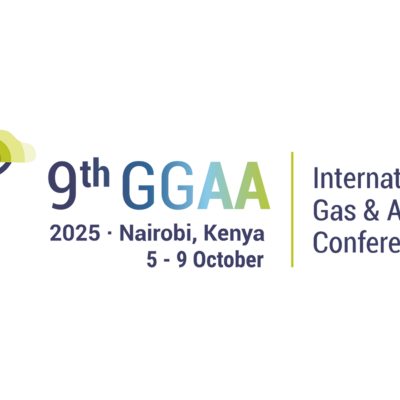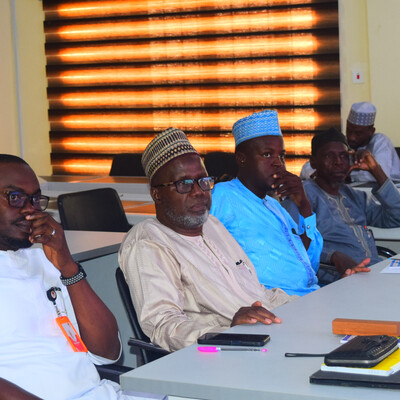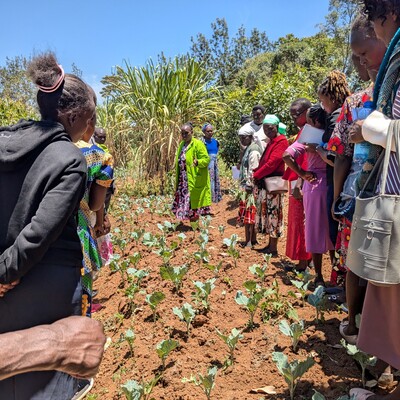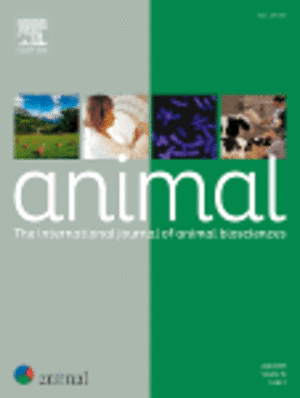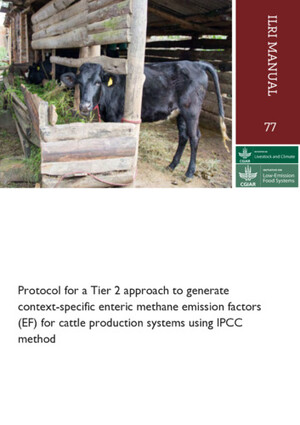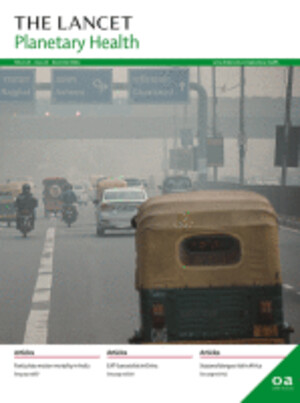
Comprehensive Livestock Environment Assessment for Improved Nutrition, Secured Environment and Sustainable Development
The overall vision of the project is to contribute towards a pro-poor, environmentally responsible livestock sector in developing countries. Through a pilot study with smallholder dairy farmers in East Africa (“EA”), the project will show proof of concept of a new environmental assessment framework. This framework will be designed to ensure that current and proposed actions designed to improve incomes and food security in livestock systems has a minimum environmental footprint while at the same time lifting people out of poverty.
The key objective is to address key knowledge gaps around the environmental tradeoffs and synergies associated with dairy intensification, which will allow for the identification of best practices that mitigate negative impacts and enhance win-win outcomes for productivity and the environment.
Project rationale
The livestock sector provides livelihoods for 1 billion people, generates 40% of global agricultural GDP, and is a major contributor to food and nutrition security. Driven by continued population growth, rising affluence and urbanization global consumption of animal products is projected to double by 2050. Almost the entire increase will take place in less developed countries, which will generate as much as three-quarters of global meat production and two thirds of global milk output.
The potential for yield improvement is large in many countries. This is particularly true for livestock systems with ruminants, as cows, buffalos, goats and sheep. In sub-Saharan Africa (“SSA”) and South Asia (“SA”) the meat output relative to biomass feed for cattle is only 50% of the yield in Latin America, and 25% of the yield in industrialized countries. Also, milk production per cow is low in SSA and SA, at about half the level in Latin America.
Livestock revolution in SSA and SA increases the pressure on the environment
The ongoing demand-driven ‘Livestock Revolution’ presents genuine opportunities for livelihood improvement and income generation for resource limited smallholder farming systems in SSA and SA. An intensification of livestock production in these regions will also be required to respond to the growing demand for meat and dairy produce. Intensified animal rearing is demanding of resources. It appropriates cropland and pastures and affects key parameters such as water, nutrients and greenhouse gas (“GHG”) emissions, thus heightening the risk of undermining the resilience of ecosystems at multiple scales.
In the general debate on livestock production there tends to be a one-sided focus on its negative environmental impacts. However, the true picture is often much more diverse. Because secure smallholder livelihoods directly depend on a healthy local environment, it is imperative to show how more meat and milk can be produced with fewer negative impacts on local and regional ecosystem services, i.e., optimizing livestock intensification and environmental sustainability.
To ensure that livestock is vehicle for sustainable development
The choice of options to increase productivity and income in livestock systems needs to be supported with ex ante analyses of their environmental consequences in order to identify the scale of environmental concerns and to identify trade-offs, co-benefits and, if necessary, mitigation measures. However, there is no consistent way to assess the value of resource use and ecosystem impacts related to livestock production. Consequently, there is an urgent need to develop appropriate evaluation frameworks to ensure that investments in livestock production by private actors, public institutions and donors can be examined from the perspective of environmental sustainability.
A framework that appraises environmental impacts could help investors to develop management strategies to ensure sustainable realization of both short and long term multiple co-benefits, such as increased incomes and food production, and to sustain high quality ecosystem services. In today’s globalized world such investment strategies must be framed so that global environmental issues are linked to the local system level (e.g. climate change and GHG emissions). Thus, a new multi-scale environmental framework must analyze the local farm system and the up-scaled impacts at, landscape, regional and global levels. Such analyses must consider “multiple” dimensions, taking into account a range of environmental indicators, e.g. GHG emissions and water use.
Environmental framework for smallholder EA dairy value chains
A vision is thus to develop a multi-scale and multi-dimensional environmental impact framework that can be used for priority setting, to assure co-existence of environmental sustainability and improved livelihoods. Such a framework can be used as an environment sustainability tool to estimate bio-economic ex ante environmental impacts, to monitor ex post impacts, and to prioritize best practices to guide effective investment in any livestock value chain. It can enable studies of trade-offs between environmental impacts and livelihoods/food security impacts in livestock systems, and provide information to link local-scale impacts and potential changes to frameworks for global integrated assessments of the food system. In particular, it must highlight how environmental impacts impinge on livestock rearing smallholders and rural development.
In conclusion, the project will contribute to ensure long-term environmental sustainability of investments in pro-poor smallholder livestock development, with particular focus on dairy value chains in EA. Success in productivity growth that improves the livelihoods of farmers will thus be anchored in environmentally assessed interventions.





